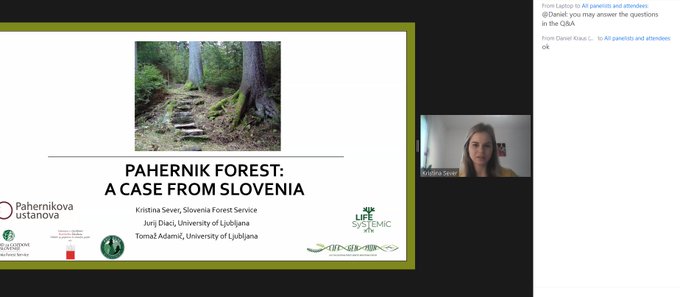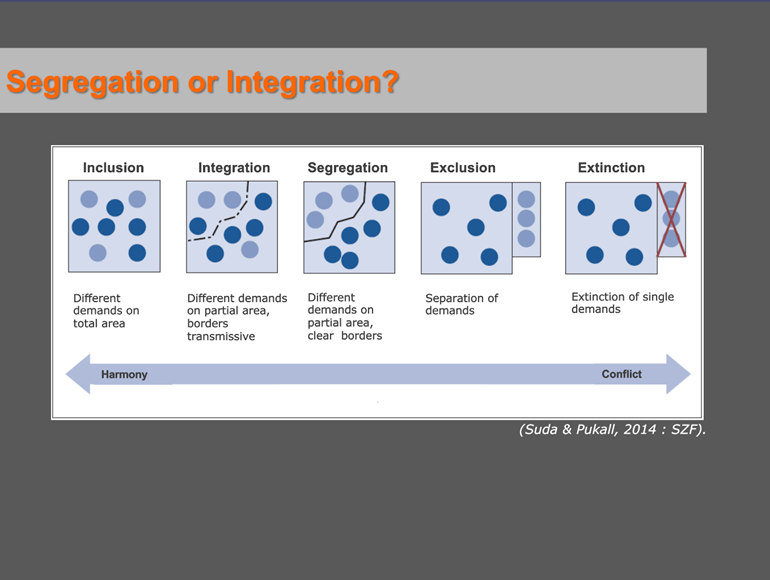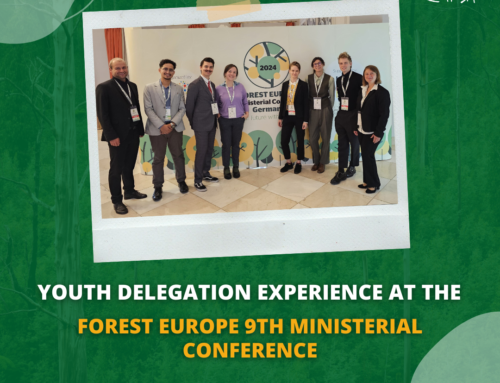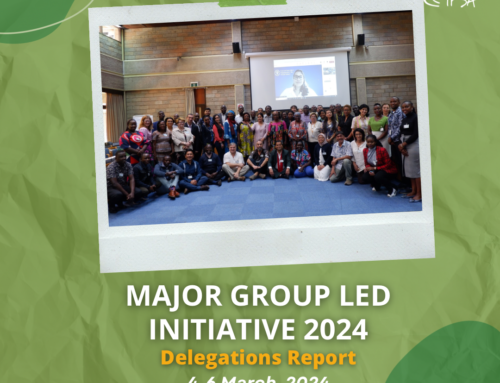


A look back at the final conference of the oForest project: “Balancing forestry and biodiversity”. Integrated forest management – a view across Europe.
In the age where we are faced with immense biodiversity loss and climate change, over 350 people have gathered at the conference: “Balancing forestry and biodiversity” to learn more about integrated forest management and how it can be implemented. The conference, held on November 9th-11th, 2020 was organized by the Swiss Federal Institute for Forest, Snow and Landscape research (WSL), The Federal Office for the Environment (FOEN), the European Forest Institute (EFI), and the German Federal Ministry of Food and Agriculture (BMEL).
This conference aimed to showcase and discuss the sustainability of the forest sector by balancing biodiversity conservation and wood production in European Forests.
This tour across Europe introduced us to management for species conservation and how to properly balance multi-functional forest management and biodiversity conservation. However, multi-functional forest management does not only include management for species conservation. Therefore we are introduced to approaches of managing forests and recreation in urban areas and balancing societal needs towards forests with nature conservation. However, goals are not always clear when it comes to integrative forest management, and a case study from Germany introduces us to the conflicting goals they face when it comes to managing protected areas. Sustainable forest management not only means preserving the biological diversity but also, in the best case scenario, increasing it. At the same time, we have to guarantee both resilience as well as the adaptive capacities of our forests to natural disturbances and human impact.
First day of the conference took us on a tour, starting in Switzerland, introducing us to case studies from Germany, Belgium, Slovenia, France, Bulgaria, Poland, Austria, Sweden, Ireland, Portugal, Slovakia and it ended with Scotland. Each case study showcased their approach of integrating multi-functional forest management in their country and their experiences.
The second day is dedicated to representatives of government, academia, nature conservation organizations, forest owners, and forest industry addressing the challenges related to the integration of nature conservation into forest management. A presentation of the book “How to balance forestry and biodiversity conservation – a view across Europe”, an upcoming oForest book publication, which compiles expertise of integrated forest management from over 150 authors, was also featured.
“Reserve what cannot be replaced, retain what we have, and restore what is missing” this striking closure by Daniel Kraus in the segment “Integrative forest management – where are we now” summarizes this conference beautifully. Throughout, we are introduced to a wide array of approaches when it comes to integrative forest management, but even with the existing challenges, we should strive to implement these approaches in hopes of balancing forestry and biodiversity conservation.
The recordings could be found on EFI YouTube channel, and the book “How to balance forestry and biodiversity conservation – a view across Europe” will be available for free with the link announced soon.
(This article is written by Magdalena Jovanovic, Head of EFI Sub-Commission 2020-2021, and event information adapted from
Balancing forestry and biodiversity, photo credits: Twitter @efiresilience. )




